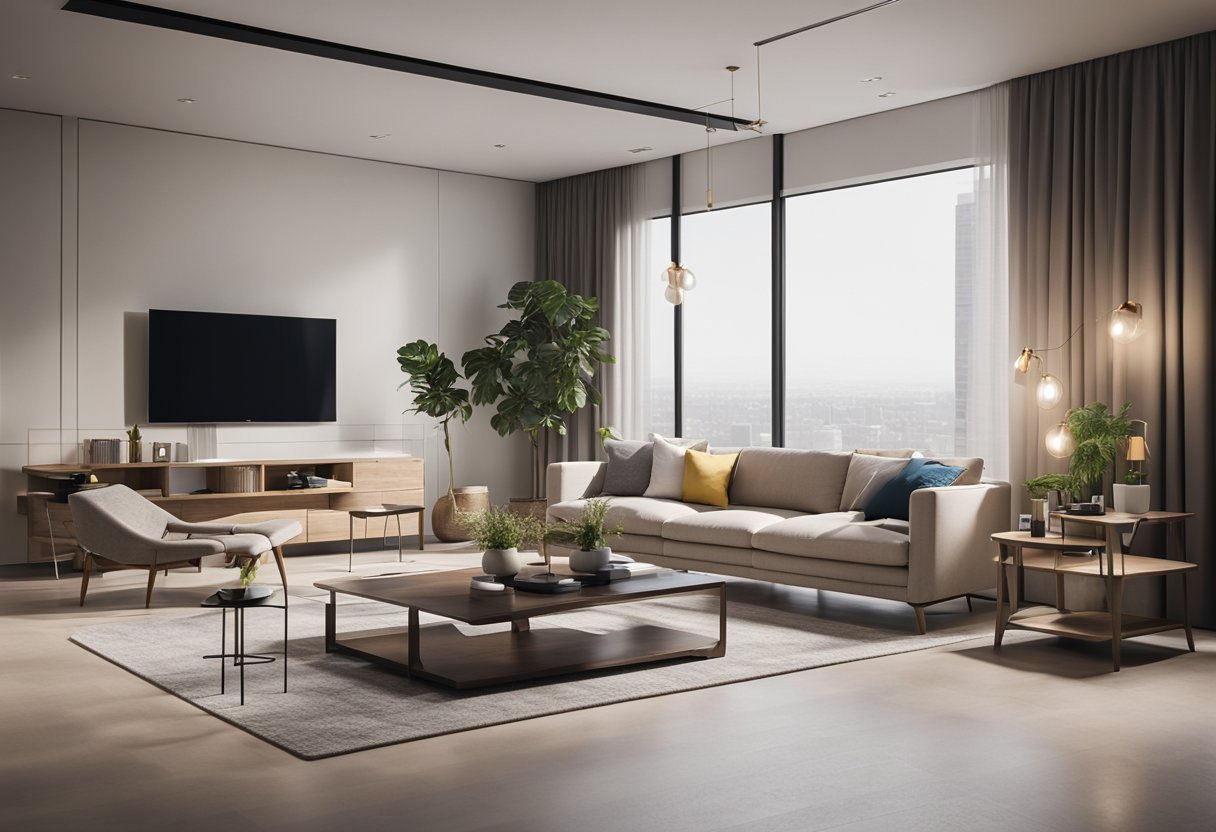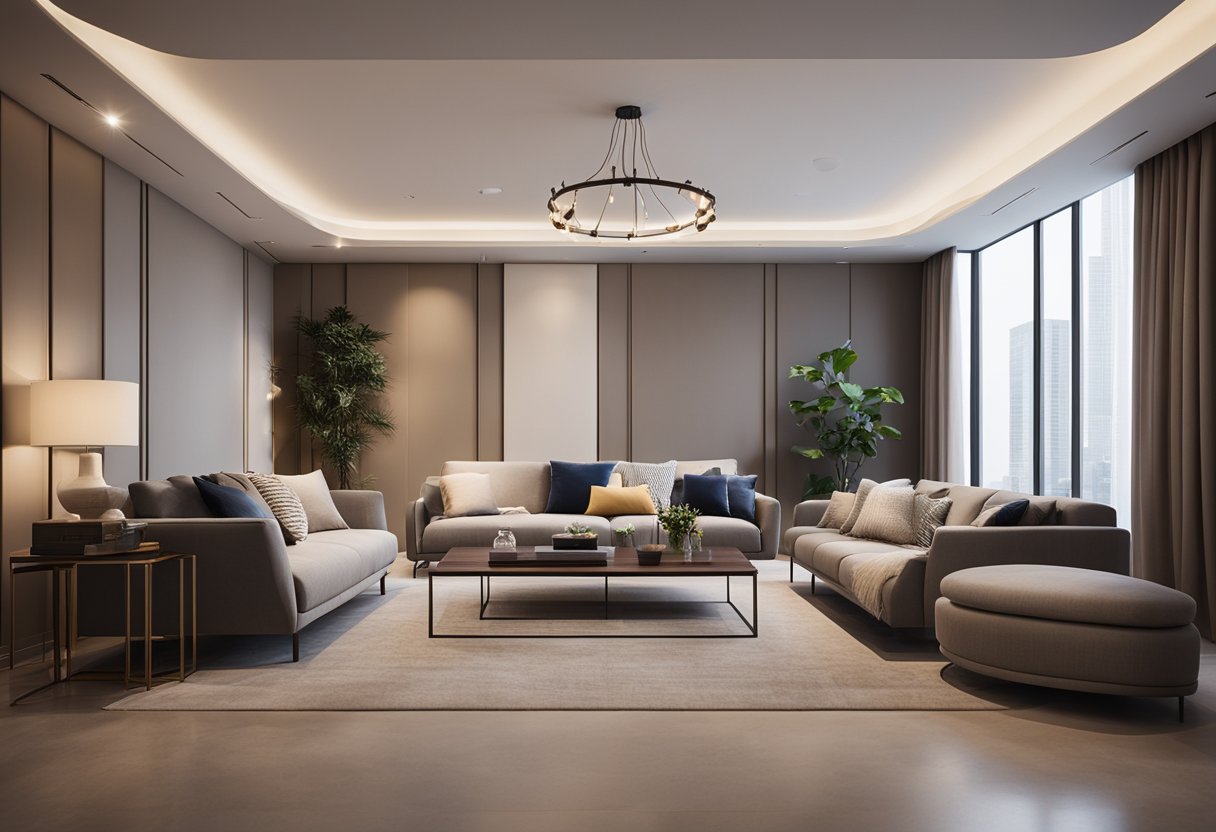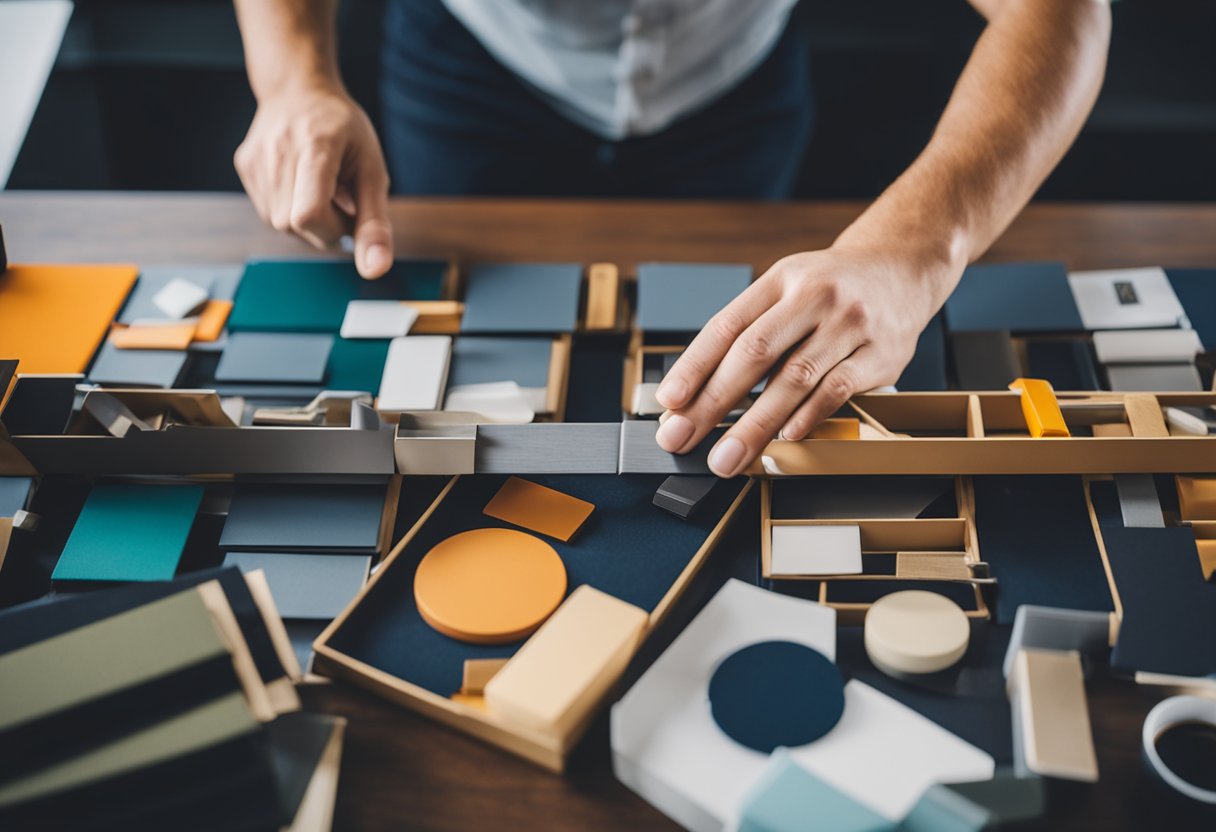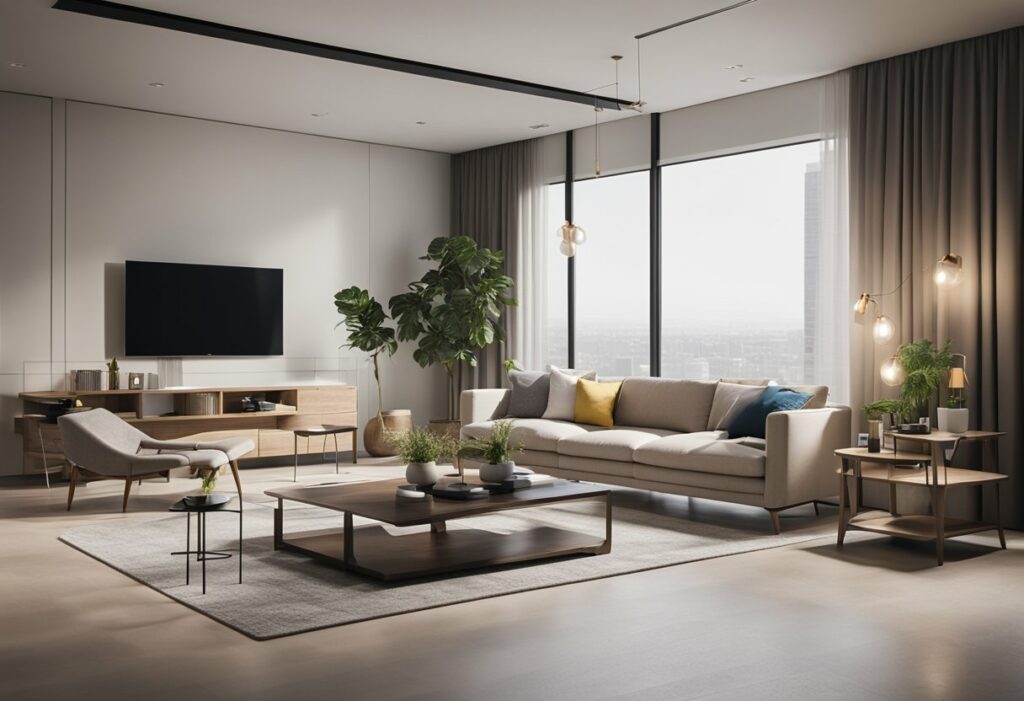Interior Design Development: Exciting Trends and Innovations in 2024
If you’re someone who loves to decorate and design spaces, then you’ve probably heard the term “interior design development” before. Interior design development is the process of creating a functional and aesthetically pleasing interior space. It involves a lot of planning, research, and creativity to bring a space to life.

Foundations of Interior Design Development involve understanding the client’s needs, the space’s limitations, and the style of the space. It’s important to have a clear vision of what you want to achieve with the space and to create a plan that will help you achieve it. Once you have a clear plan, you can start executing the design.
Executing the design involves creating a detailed plan that includes everything from the furniture and decor to the lighting and colour scheme. It’s important to pay attention to every detail, as even small things can have a big impact on the overall look and feel of the space. By following a well-thought-out plan, you can create a space that is both beautiful and functional.
Key Takeaways
- Interior design development is the process of creating a functional and aesthetically pleasing interior space.
- Foundations of Interior Design Development involve understanding the client’s needs, the space’s limitations, and the style of the space.
- Executing the design involves creating a detailed plan that includes everything from the furniture and decor to the lighting and colour scheme.
Foundations of Interior Design Development

If you are interested in interior design, you may have heard of the design development phase. This is a critical part of the interior design process that helps to transform your design vision into a masterpiece. In this section, we will explore the foundations of interior design development, including conceptualising the vision, the design process, and understanding space and function.
Conceptualising the Vision
Before you can begin the design process, you need to have a clear vision of what you want to achieve. This involves researching and gathering inspiration images, creating mood boards, and developing a design brief. Your design brief should include a concept statement that outlines the overall theme or concept for your project.
The Design Process
Once you have a clear vision of what you want to achieve, you can begin the design process. This typically involves several phases, including the schematic design phase, the design development phase, and the construction documentation phase. During the design process, you will work closely with a professional interior designer to develop a design proposal that meets your needs and budget.
Understanding Space and Function
One of the most important aspects of interior design is understanding space and function. This involves creating a project program that outlines the scope of the project, as well as a floor plan and site plan that show the layout of the space. You will also need to consider scale, proportion, balance, rhythm, harmony, contrast, transition, progression, and emphasis to create a space that is both functional and aesthetically pleasing.
In conclusion, the foundations of interior design development include conceptualising the vision, the design process, and understanding space and function. By working closely with a professional interior designer and following these foundational steps, you can create a space that meets your needs and exceeds your expectations.
Executing the Design

Now that you have finalised your design concepts and completed the necessary documentation, it’s time to execute the design. This is where everything comes together, and you can finally see your vision come to life.
Materialisation of Concepts
The materialisation of concepts is the process of transforming your design ideas into tangible and functional spaces. It involves selecting and procuring the necessary materials, finishes, textiles, fabrics, wall coverings, flooring, tile, cabinetry, millwork, hardware, lighting fixtures, and plumbing fixtures that will bring your design to life.
Technical Aspects and Documentation
Technical aspects and documentation are an essential part of executing the design. Construction documentation, such as construction drawings, reflected ceiling plans, interior elevations, window schedules, details, measurements, electrical, mechanical, HVAC, and plumbing plans, are necessary to ensure that the construction process runs smoothly. The documentation set should be complete, accurate, and easy to read to ensure that the contractor can understand the design intent and execute it correctly.
Project Management and Administration
Project management and administration are crucial to the success of any interior design project. This includes bidding, budgeting, cost estimating, scheduling, timeline management, permitting, building permits, change orders, site visits, and consultant coordination. Effective project management and administration will ensure that the project stays on track, within budget, and meets the desired quality standards.
During the execution phase, it’s important to keep in mind the environment, views, grades, and room types to ensure that the design is proportional and emphasises the right elements. Decorating should be done in a way that complements the design concepts and enhances the overall aesthetic of the space. Final working drawings should be produced to ensure that the installation methods are clear and easy to follow.
Post-occupancy evaluation is also an essential part of executing the design. This involves evaluating the design after the installation to ensure that it meets the desired quality standards and that the client is satisfied with the final result.
Frequently Asked Questions

What are the essential steps in the interior design process?
The essential steps in the interior design process include client consultation, space planning, concept development, design presentation, design development, construction documentation, and project management. These steps ensure that the interior design project is executed seamlessly and meets the client’s expectations.
How do you effectively manage an interior design project from start to finish?
Effective management of an interior design project involves defining the scope of work, creating a project timeline, setting a budget, identifying the project team, and establishing communication channels. You should also monitor the project’s progress, manage the budget, and ensure that the project is completed on time and within budget.
What is the significance of concept development within the realm of interior design?
Concept development is crucial in interior design as it sets the tone for the entire project. A well-developed concept provides a clear direction for the design and ensures that all design elements work together harmoniously. It also helps to communicate the design vision to the client and other stakeholders.
Could you outline the key phases involved in bringing an interior design vision to life?
The key phases involved in bringing an interior design vision to life include research and inspiration, concept development, design development, construction documentation, and project management. Each phase is critical in ensuring that the design vision is executed successfully and meets the client’s expectations.
What does a comprehensive interior design process checklist typically include?
A comprehensive interior design process checklist typically includes client consultation, space planning, concept development, design presentation, design development, construction documentation, project management, and post-occupancy evaluation. It may also include additional steps depending on the scope and complexity of the project.
How do you navigate the programming method in interior design to ensure a project’s success?
To navigate the programming method in interior design, you need to establish clear communication channels with the client and other stakeholders. You should also conduct thorough research and analysis, identify the project’s goals and objectives, and develop a detailed project brief. This will help to ensure that the project is executed successfully and meets the client’s expectations.



